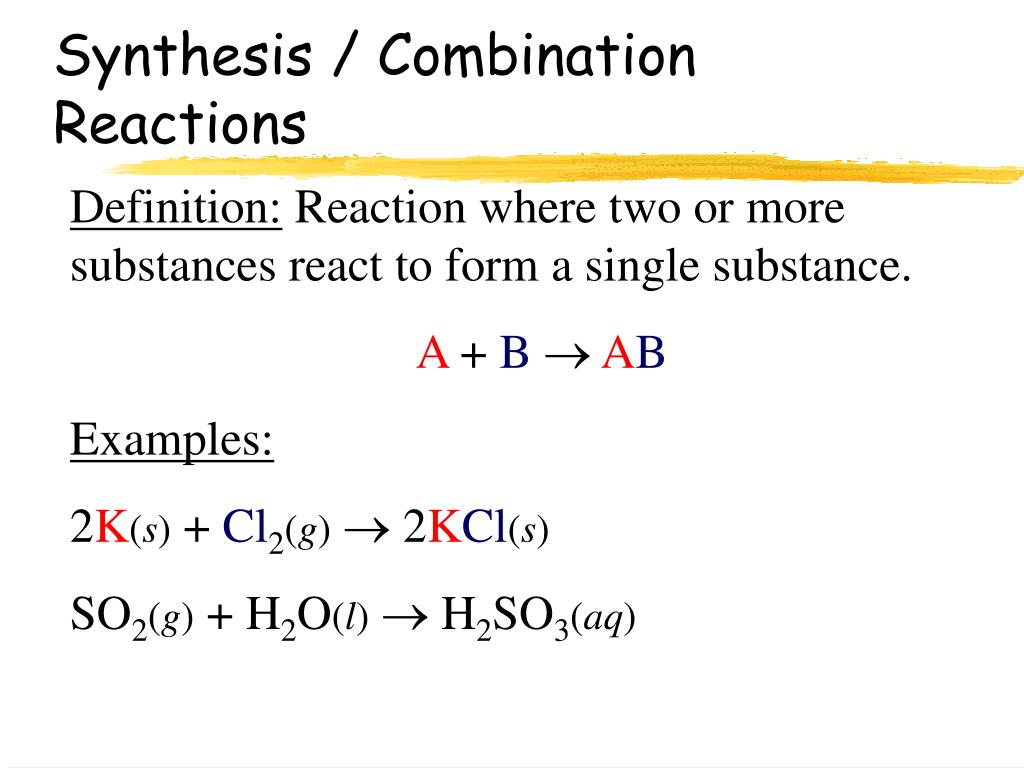

A precipitate is a compound having low solubility and that often falls out of solution as a solid. Reactions in aqueous solution may result in the products which are soluble in water or they may give a precipitate. Hence it is typically forming an ionic bond.

In such reactions, the cation from one reactant takes the place for the cation in the other reactant. When chemical reactions occur between species in an aqueous solution, the reactions are usually double replacement reactions. It is because of that strong electrolytes completely dissociate into ions in water, whereas weak electrolytes incompletely dissociate. On the other hand, solutions that contain weak electrolytes tend to be poor conductors such as tap water. Solutions that contain strong electrolytes tend to be very good electrical conductors such as seawater. Properties of Aqueous SolutionĪqueous solutions often allow conducting electricity. Mixing oil and water will not result in any dissociation. water-fearing entities generally do not dissolve in water or form into aqueous solutions. water-loving entities and many ionic compounds dissolve in water.įor example, table salt or sodium chloride dissolves in water and dissociates into its ions to form Na +(aq) and Cl – (aq). When a substance dissolves in water, this is denoted by writing (aq) after its chemical name. The word aqueous is also applicable to describe a solution or mixture in which water is the solvent. A substance will form an aqueous solution or not, it depends on the nature of its chemical bonds. Sitemap Page was generated in 0.Aqueous is a term used to define a system that involves water. Can you build a earthquake proof house?.Why was the oath of the horatii painted?.Why the reactivity of aluminium decreases when dipped in hno3?.During ammonolysis reaction the order of reactivity of halides?.Does reactivity of halogens increase down a group?.When noble gases show least reactivity?.Reactive chemicals are outlined as the ones ingredients which will, in touch with air, water or other commonplace elements, vigorously or violently give off warmth, power or toxic gases or vapors.Ĭaesium, the most reactive metal in the periodic desk, reacts extraordinarily violently – therefore why it cannot be demonstrated in a lecture room! This can be compared to other common metals, comparable to iron and copper, which produce no reaction when dropped into water. Examples of chemical reactivity include mixing elements to make a medication and the mix of a poisonous spill with elements in the effected environment. A chemical trade will have to occur to be reactive. When two or extra elements can engage with each different and be reactive you have got chemical reactivity.

What is an instance of reactivity in science?

The most reactive parts and compounds might ignite spontaneously or explosively. The response can contain the substance on its own or with other atoms or compounds, usually accompanied by way of a release of power. In chemistry, reactivity is a measure of how readily a substance undergoes a chemical response. the relative capacity of an atom, molecule, or radical to undergo a chemical response with any other atom, molecule, or compound. The quality or situation of being reactive. In chemistry, reactivity is the impetus for which a chemical substance undergoes a chemical reaction, both by itself or with other fabrics, with an total release of power.


 0 kommentar(er)
0 kommentar(er)
